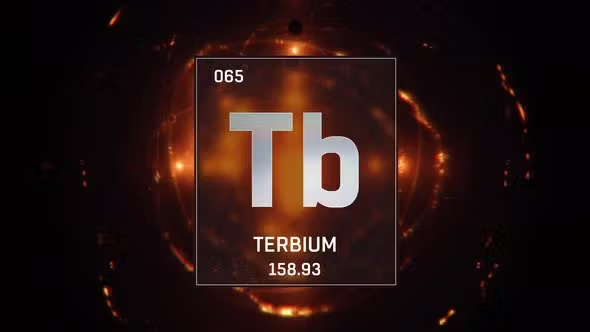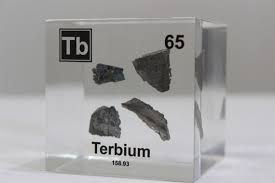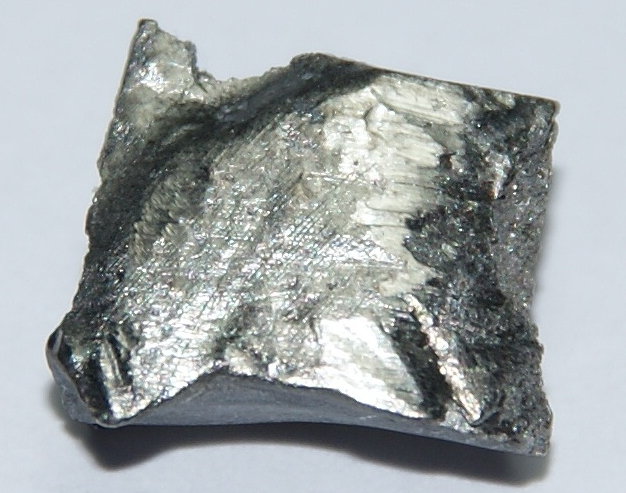Terbium
Terbium, the silvery-white member of the lanthanide family, might not be a household name, but its properties make it anything but ordinary. Though not abundant, terbium packs a punch, offering unique attributes that shine across various fields. One key feature is its vibrant glow. Under ultraviolet light, terbium compounds emit an eye-catching green fluorescence, a property utilized in fluorescent lamps and lasers. This mesmerizing glow even finds applications in banknotes, adding an anti-counterfeiting measure.
Beyond its visual appeal, terbium boasts valuable technical strengths. Its specific heat capacity, the ability to absorb and release heat, makes it perfect for solid-state devices used in electronics and data storage. Additionally, terbium can dope other materials, enhancing their performance in magnets, phosphors, and even fuel cells.
From lighting up our world to powering advanced technologies, terbium demonstrates its potential as a versatile and intriguing element. As research delves deeper, we might discover even more fascinating applications for this hidden gem of the periodic table.


